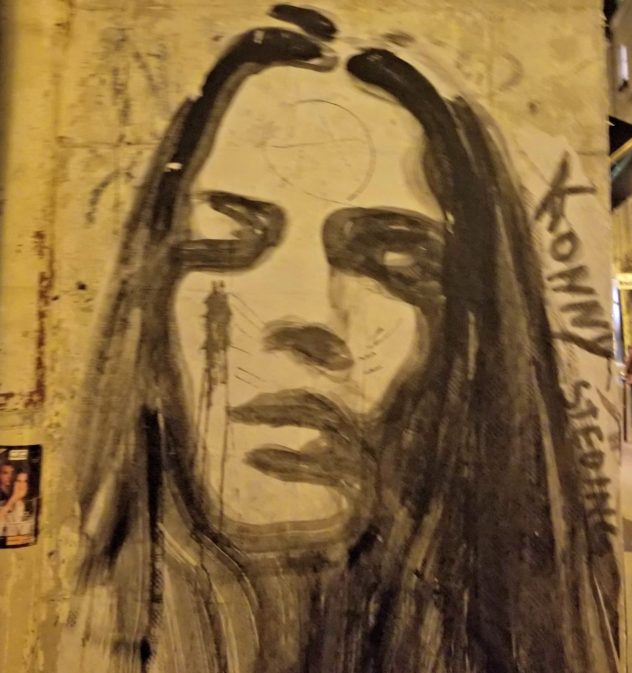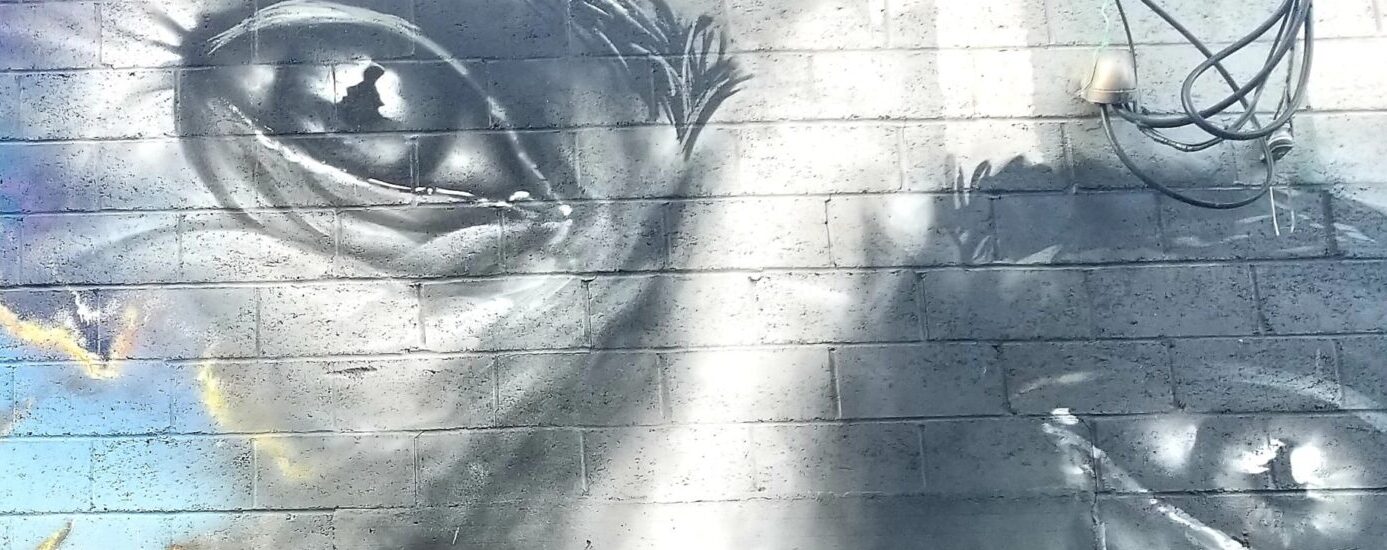明夷
“Darkening of the Light”
A helicopter circles the quiet municipal field approaching and settling on the tarmac adjacent to the medical base hanger. The bright landing light focused on the ground reflecting upward lights signature olive color denote of military. The red blinking light eerily bounces off the blades which slowly wind down. Abruptly the bird goes dark, changing the shadows. The doors pop open and from each side green figures emerge, their flight helmet face shields reflecting in the hanger light.
These fatigued fliers are from the Washington Air National Guard and are providing a night vision goggle in-service to the on duty MedStar pilot, who is a (off duty) Guard as well. Inside the flight quarters, discussion and attention is focused on the helmets which now sit centered on a kitchen table. The NVGs are attached to the visor housings. One of the pilots is reviewing operation of the NVG including flight operation protocols, and after this brief introduction, the presentation moves outside for a nighttime operational demonstration. The pilots huddle in conversation, their faces changing shadows in the overhead hanger light.
The helmet is heavy, awkward and tightly ill fitted. At first the vision is obscured but suddenly with adjustments, the airfield becomes visible in white detail reversing the dark. In a neat thermal technology trick, the opposite end of the runway where the upside down runway designations are now brilliantly visible. This is an impressive and bewildering advancement and the thought occurs that this tool would be handy sighting wildlife, or, any life. The helmet is removed and handed back to the training pilot. The pilot is armed with a pistol and tactical knife both tightly secured to the uniform.
Initially there had been rumors with concerns which increased with the growing list of missing people. And then, starting in 1996 and one by one along remote dark streets and roadside ditches, the missing began to be found. Investigators referred these as “dump sites” and the homicides were similar in a MOA of the serial killer.
At some time the pure impressionistic art of a police sketch is circulated, the shading black and white generically hints a specific person but yet catholic enough to be nearly anyone in a crowd.
The two golden retrievers excitedly hop out of the car, one crosses the street heading into a small gully but is called back to the opposite direction heading to the small pond off Carnahan hill at 14th. Carnahan hill is busy but 14th has infrequent traffic. It is hot and the dogs are headed for a cooling swim and water tennis. On the opposite side is a raised rocky area where previously in 1998, the body of Tricna Cloy was discovered. Apres swim, the wet dogs again head across the road towards the gully before being beckoned to the car.
On April 18th 1999 the local evening news breaks the story that a suspect has been apprehended in the killings around Spokane. The police picture is brightly revealed and flashed onto the screen. Lost are the generic shadows and the generality of a crowd into now, specific and, faintly and hauntingly, familiar.
Several days later news details some of the “what we know” background information of the suspect Robert Yates which includes a current employment history as a National Guard helicopter pilot.
Air Guard crew is pre-flighting in preparation for departure, their faces flicker, lit by the activating lights on the instruments panel. The Bell Kiowa sits silent with doors ajar, then the doors close, lights up and the with a click the engine winds up, blades slow to fast spin and the helicopter lifts up, dips and turns away fading from green to dark and disappearing leaving only the red light blinking its warning into the night.


